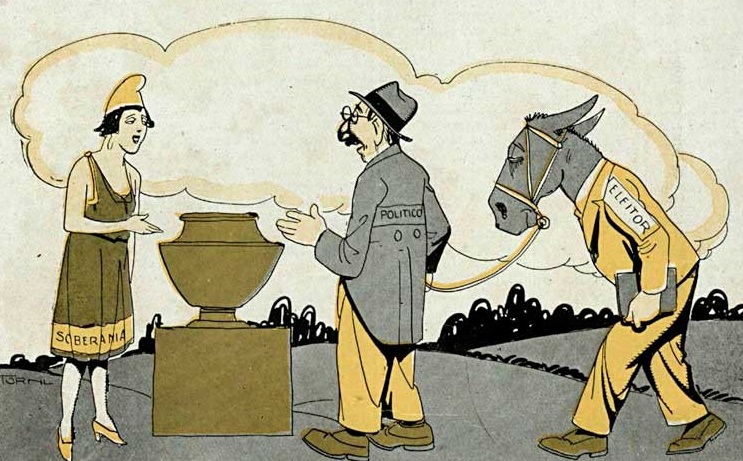The Strategic Application of the 'Art of War': A Practical Guide to Success
If there is any book that remains relevant centuries after its publication, it is “The Art of War”, written by the ancient Chinese general Sun Tzu. This work, over 2,500 years old, offers a profound insight into strategy and planning, which can be applied both in the military field and in the business world.
Introduction to the 'Art of War'
'The Art of War' is a military treatise made up of thirteen chapters, each presenting a different aspect of strategy. However, its application extends beyond the battlefield, being adopted by leaders and entrepreneurs across all sectors. The essence of book is understanding the fundamental principles of the strategy, adapting them to situations and applying them effectively.
1. Planning and Knowing Yourself
The first step in applying the 'Art of War' is self-knowledge. Sun Tzu stresses the importance of understanding your own strengths and weaknesses, as well as the skills and resources available to you. This allows you to identify your strategic market position, strengthen your competitive advantages and minimize your disadvantages.
2. Competitive Environment Assessment
Another critical aspect is understanding the competitive environment. Sun Tzu emphasizes the importance of carefully analyzing your competitors, as well as the market you are in. By identifying opportunities and threats, you can create strategies that take advantage of competitors' weaknesses and strengthen your own positions.
3. The Importance of Planning
Planning is essential in any strategy. Sun Tzu emphasizes the need to create a detailed plan, considering all possibilities and developing alternative strategies. By doing so, you will be prepared to face any challenges and anticipate changes in the market.
4. Flexibility and Adaptability
The 'Art of War' highlights the importance of flexibility and adaptability. Sun Tzu argues that a fixed and rigid strategy is doomed to failure. You need to be open to change and adjust your plan as the situation evolves. This allows you to react quickly and make the most of opportunities that arise.
5. The Role of Information
Information is a vital component of strategy. Sun Tzu considers accurate and timely information gathering to be a crucial competitive advantage. This involves espionage, data analysis and the search for relevant information to make informed decisions. The more information you have, the more prepared you will be to face the challenges that arise.
Conclusion
'The Art of War' is a timeless book that offers deep insights into strategy and planning. Its application is wide, being relevant to the challenges faced both on the battlefield and in business. By understanding and applying the principles of this work, you can develop a significant competitive advantage and achieve success in the modern world.
FAQs
1. Who was Sun Tzu?
Sun Tzu was an ancient Chinese general and the author of the book "The Art of War". He is widely considered one of the greatest military strategists in history.
2. What is the main purpose of the 'Art of War'?
The main objective is to teach readers how to develop effective strategies to achieve victory in any situation, whether on the battlefield or in the business world.
3. Is the 'Art of War' only applicable in conflict situations?
No, the principles of the 'Art of War' can be applied in many areas such as business strategy, personal planning and even sports strategy development.
4. Why is the 'Art of War' still relevant today?
The work remains relevant because it addresses universal principles of strategy that can be applied to different contexts. It is a practical and timeless guide to success.
5. What is Sun Tzu's main teaching?
Sun Tzu's main teaching is that war should be avoided whenever possible, and that the best victory is one that is won without fighting any battle.



